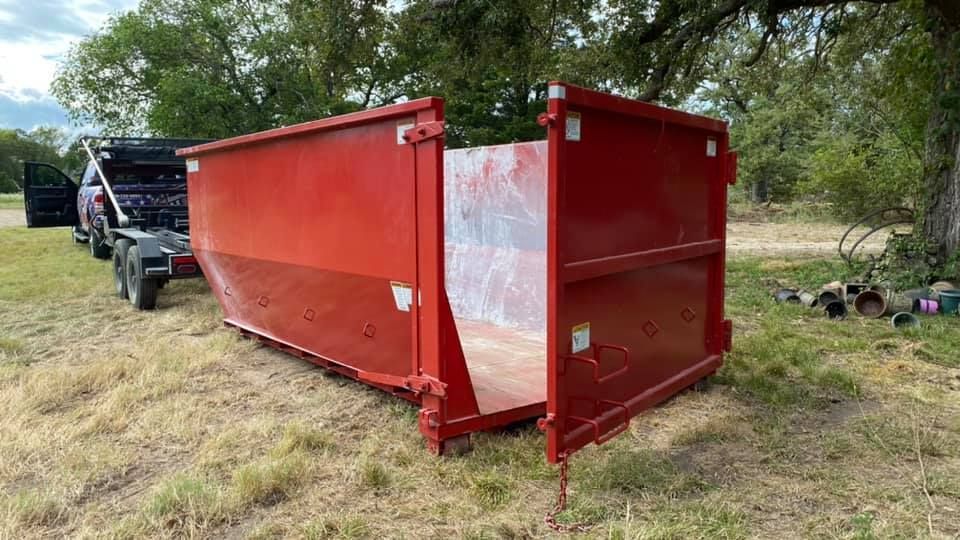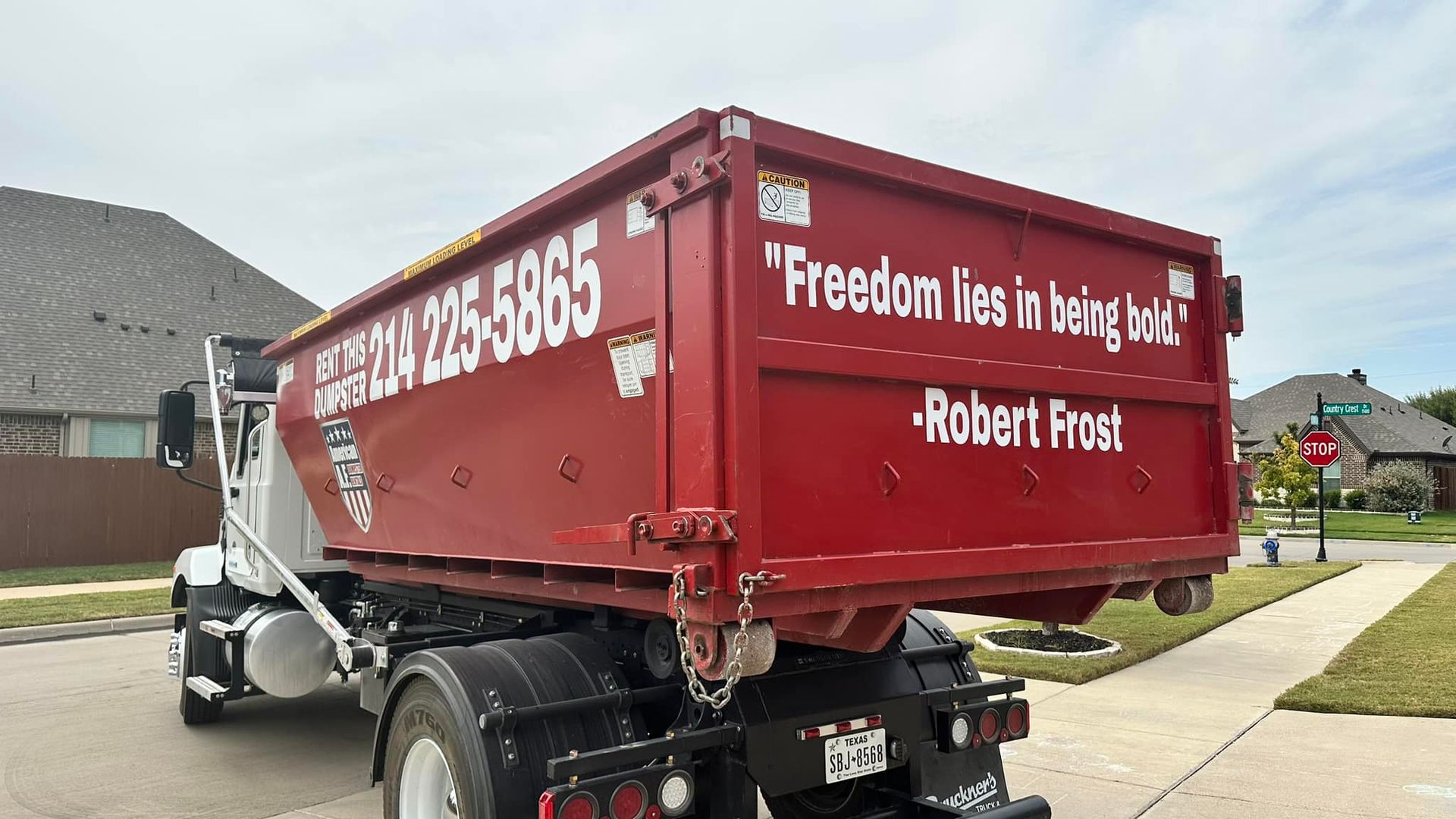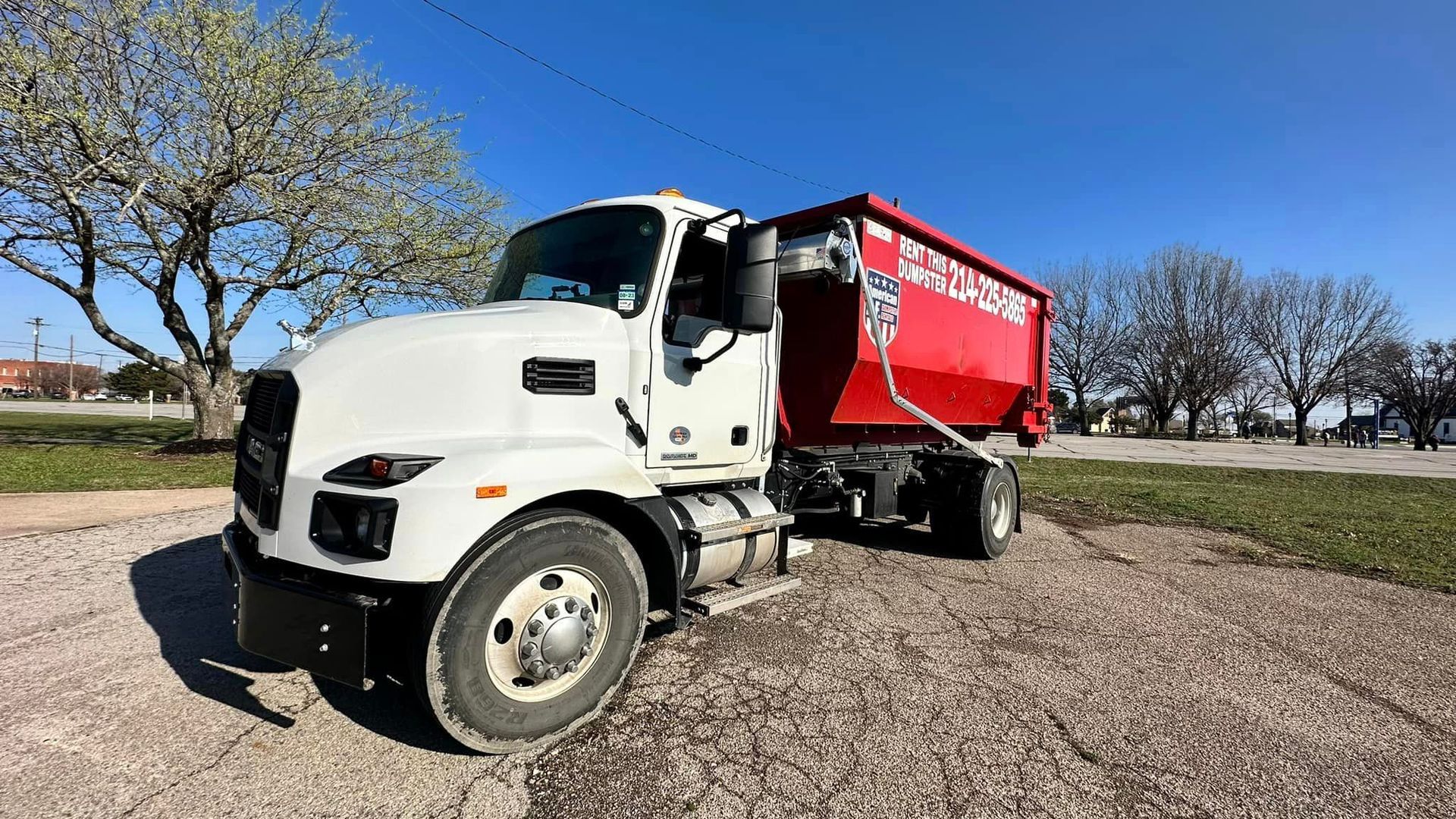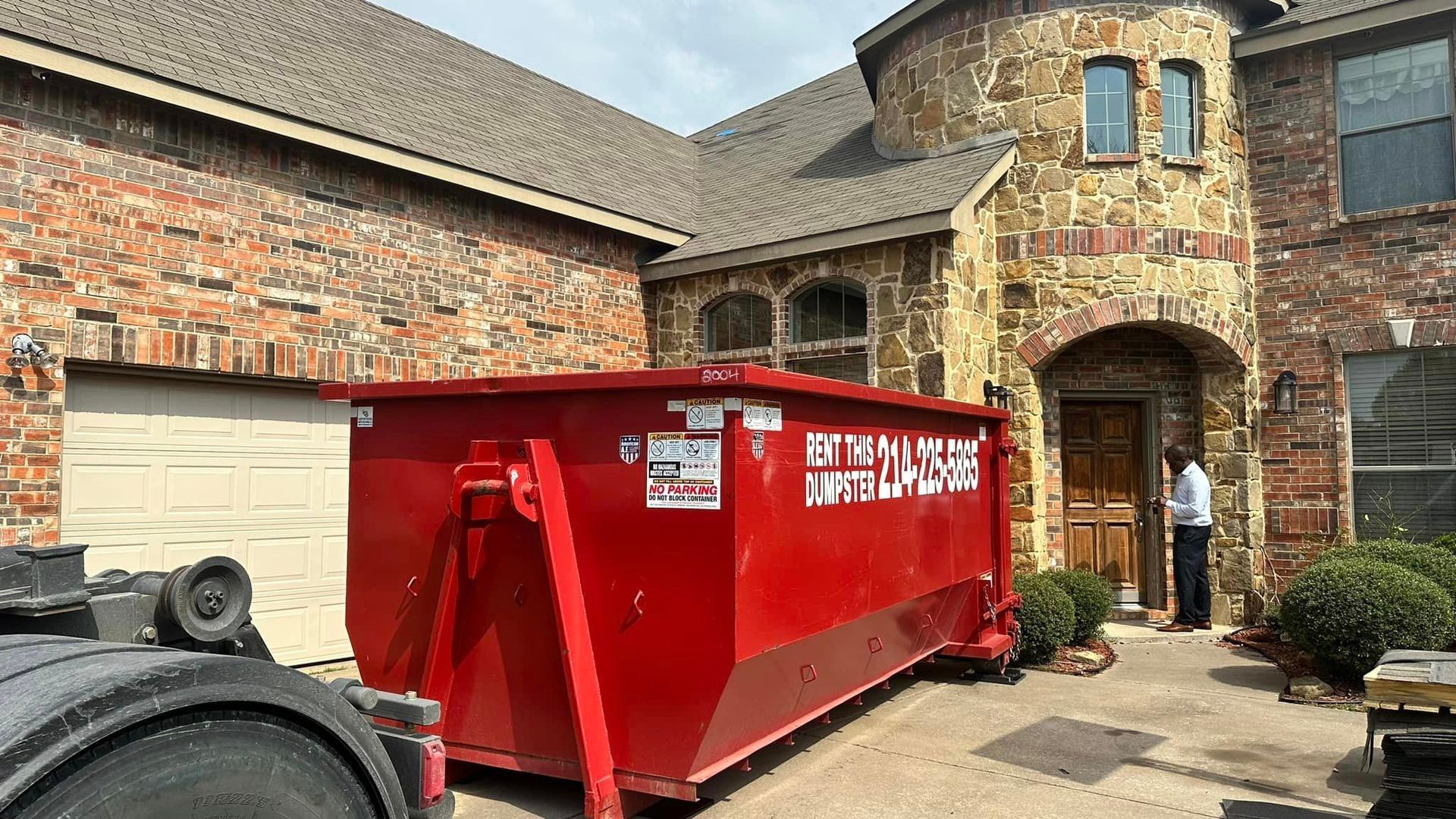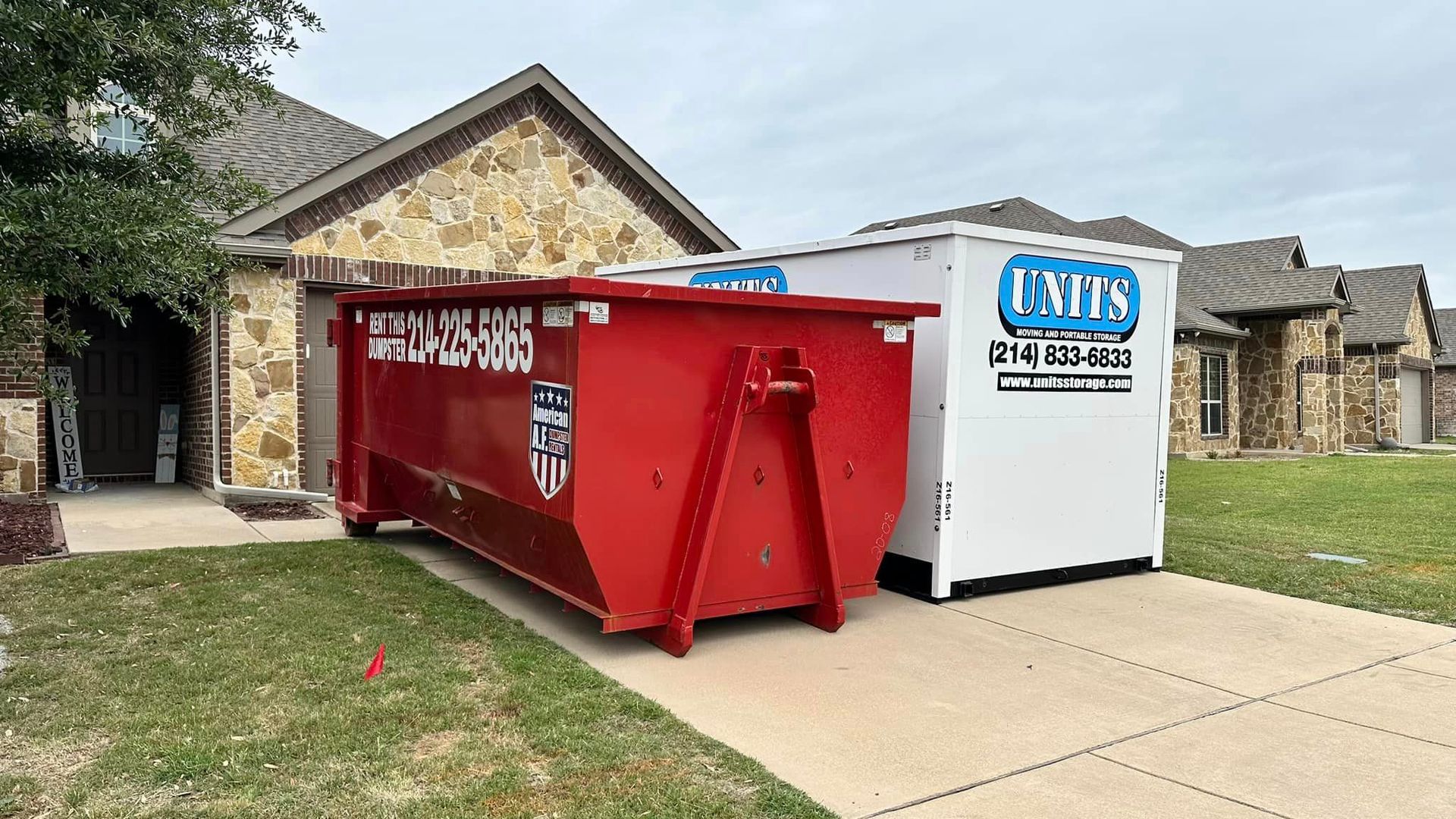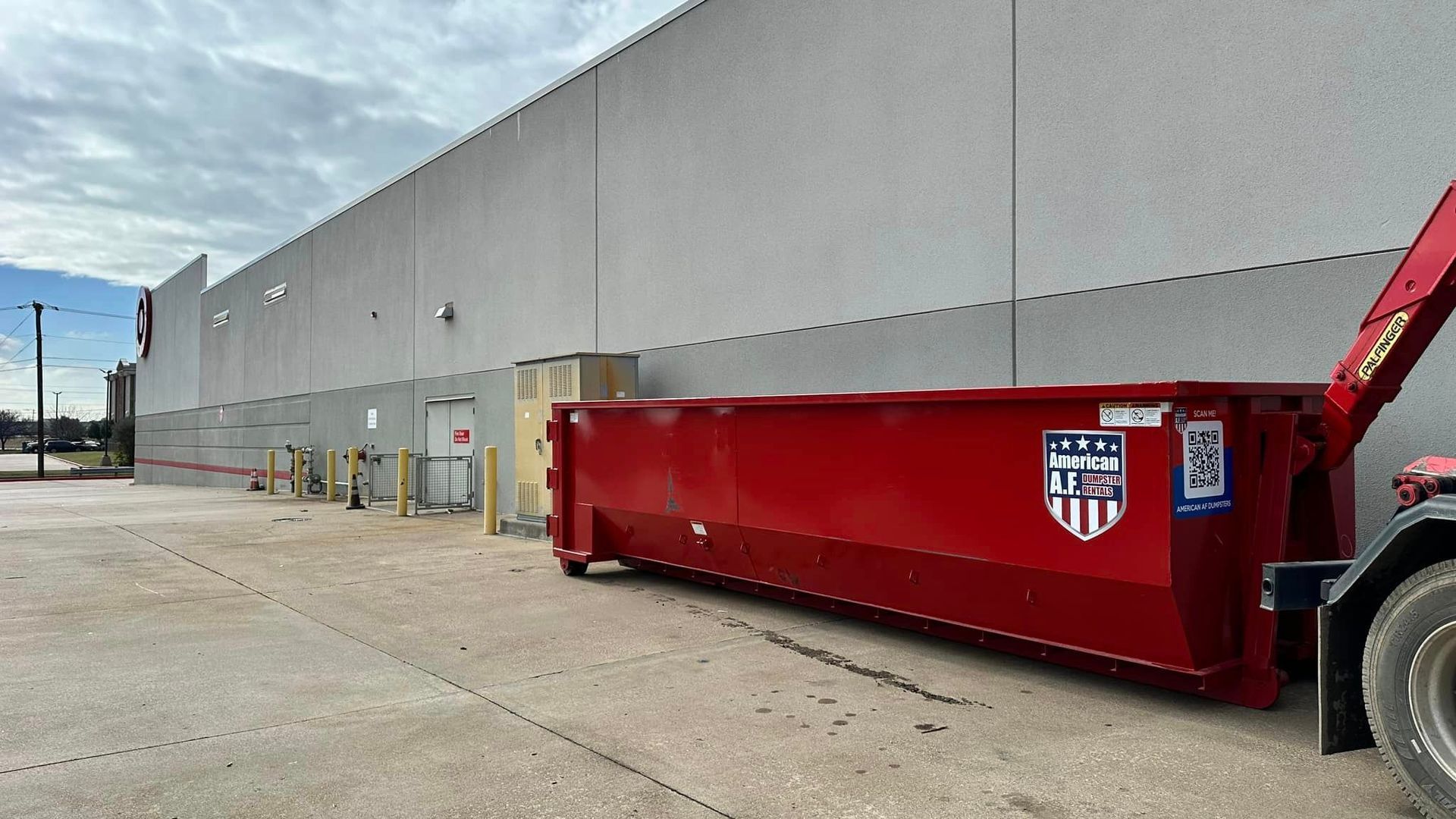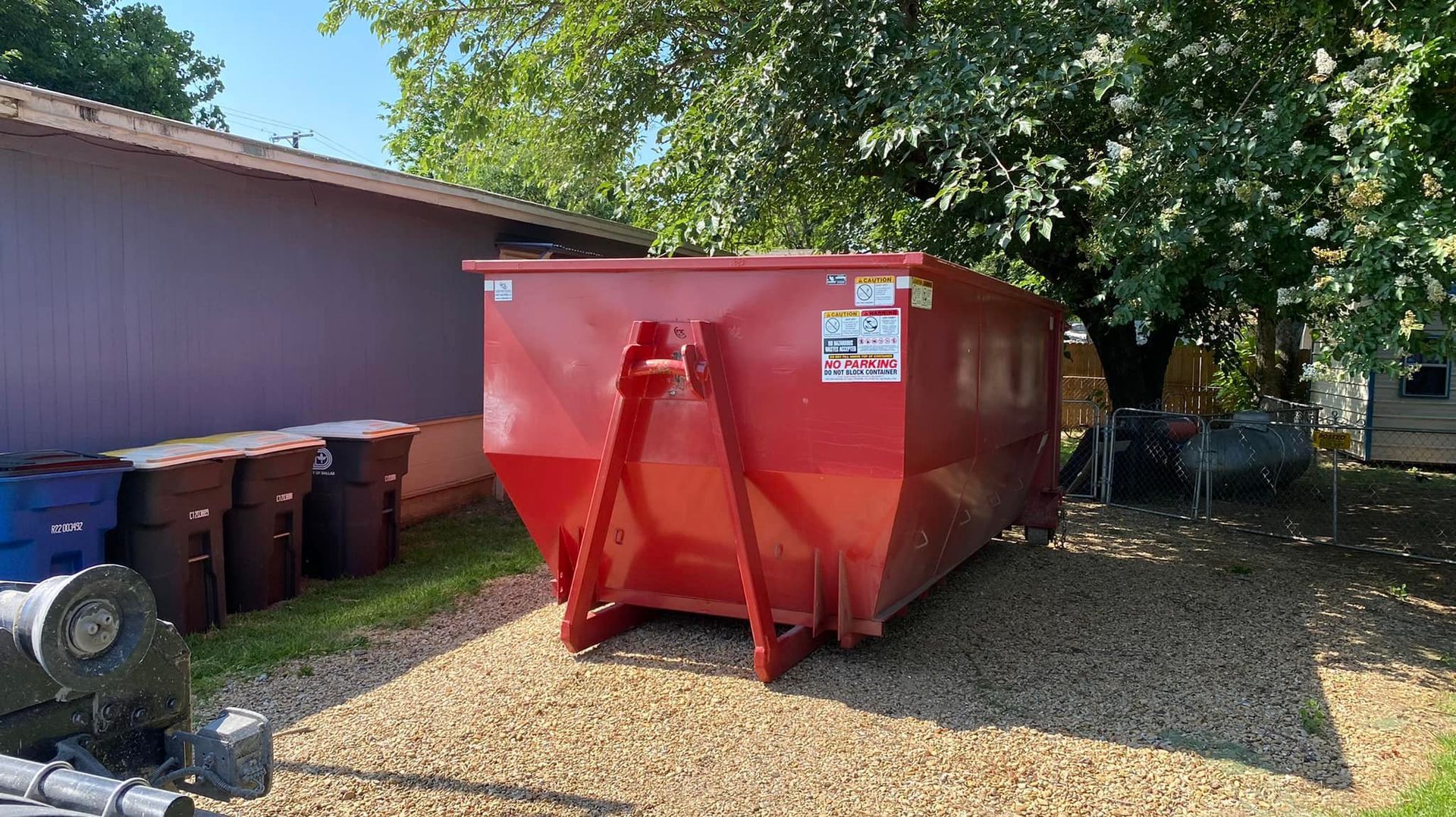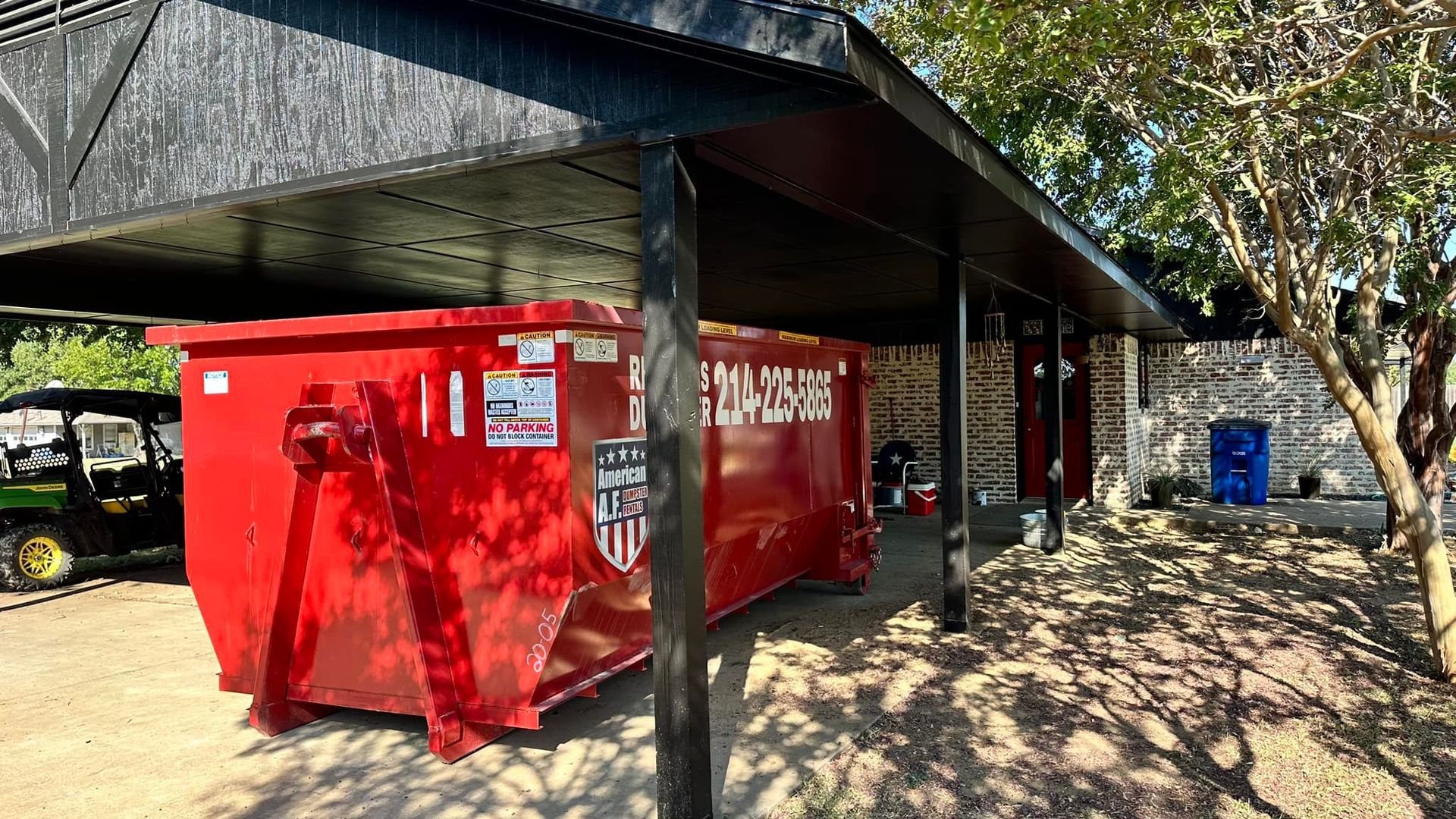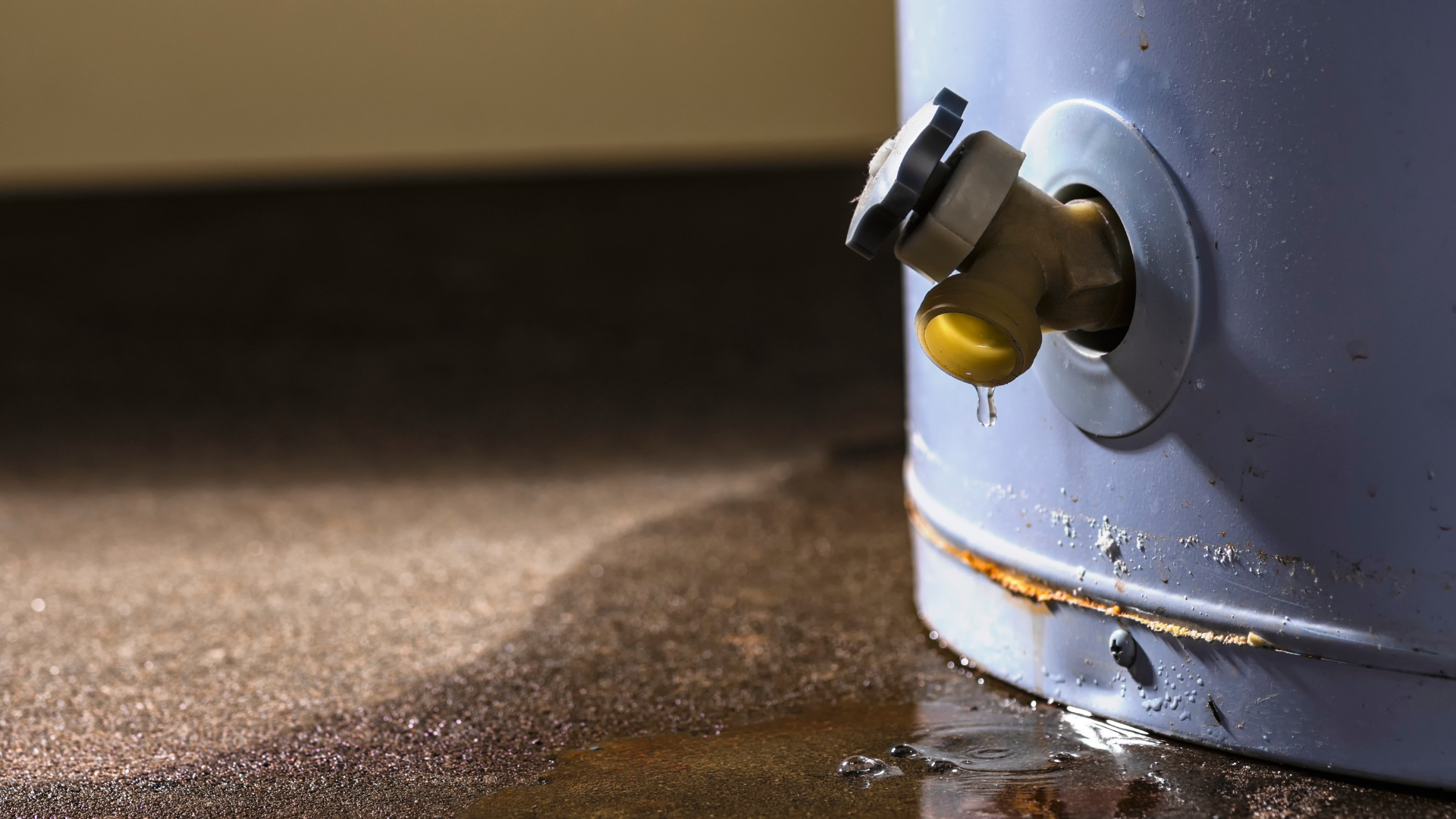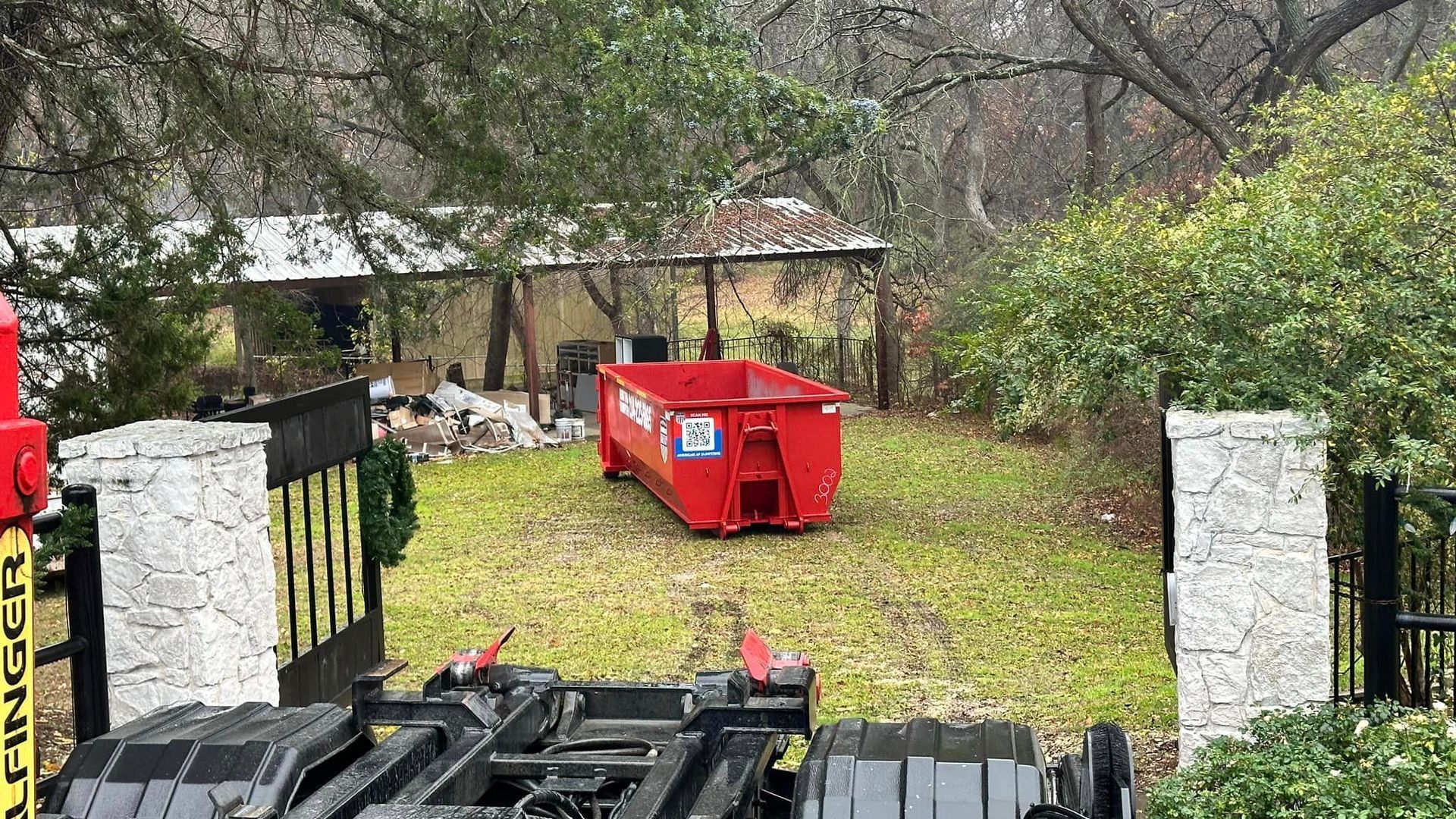How Many Dumpsters to Demo a House: A Comprehensive Guide
How Many Dumpsters Would a House Demolition Require?
When planning a house demolition, one critical question arises: How many dumpsters are needed? This inquiry is central to managing the amount of debris generated. It's essential to choose the right size dumpster, with options ranging from smaller demolition dumpsters for minor jobs to larger dumpsters for significant projects. Roll-off dumpsters are particularly useful for their capacity and ease of use. This article will take a closer look at the factors influencing dumpster size and number, including the size of the house, the type of debris, and the specific needs of your demolition job.
For more insights on the basics of house demolition, check out
Demolition 101: A Beginner's Guide to Demo
The Number of Dumpsters You Need for a Demolition Project
The number of dumpsters required for a demolition project can vary greatly. It depends on the scope of your project, whether it's a small mobile home demolition or a large commercial project. For entire houses, you may need several large dumpsters, but fewer might suffice for smaller projects. The key is to make a rough estimate based on the square footage of the building and the expected volume of debris, measured in cubic yards of demolition debris. To give you a better idea, let's look at some specific examples based on different house sizes:
1,000 Square Feet House:
- Approximately 6 dumpsters (20-yard dumpsters).
- Approximately 4 dumpsters (30-yard dumpsters).
- Approximately 3 dumpsters (40-yard dumpsters).
2,000 Square Feet House:
- Approximately 12 dumpsters (20-yard dumpsters).
- Approximately 8 dumpsters (30-yard dumpsters).
- Approximately 6 dumpsters (40-yard dumpsters).
3,000 Square Feet House:
- Approximately 18 dumpsters (20-yard dumpsters).
- Approximately 12 dumpsters (30-yard dumpsters).
- Approximately 9 dumpsters (40-yard dumpsters).
For a deeper dive into planning different scales of demolition projects, read
Building Demolition for Beginners: Tips, Tricks, and Necessary Supplies.
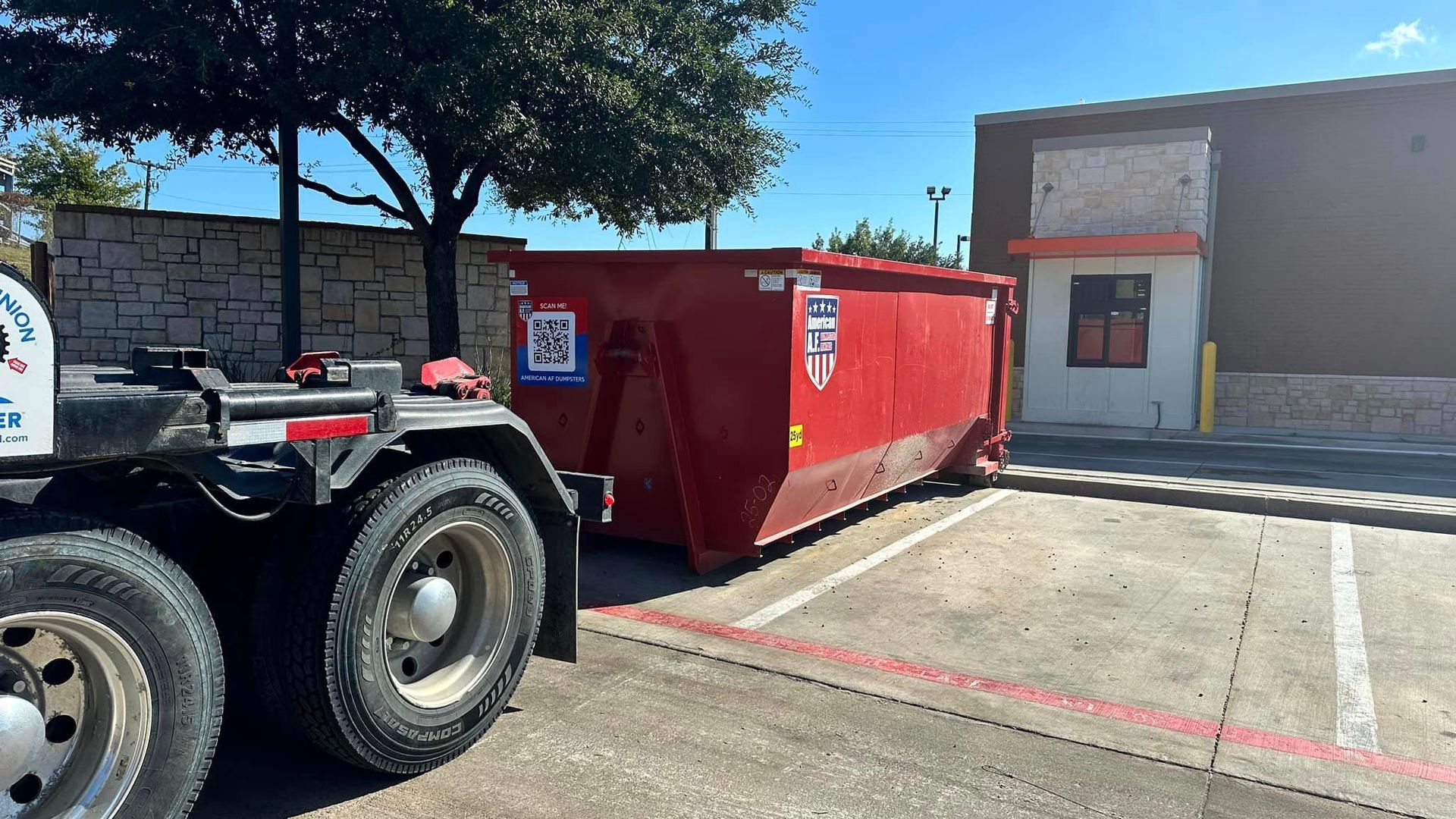
NEED A DUMPSTER?
The Number of Dumpsters You Need in Detail
Let's take a closer look at how to determine the right size and number of dumpsters. For typical house demolition, several factors come into play. The type of materials used in the house, such as concrete slabs or roofing materials, will affect the choice. For instance, concrete foundation debris is heavier than household waste and may require dedicated roll-off dumpsters. Similarly, a demolition involving a lot of green waste or yard waste will need different considerations.
Types of Building Materials Used - Weight & Cubic Yard Estimate:
Concrete:
- Weight: Approximately 140 pounds per cubic foot.
- Cubic Yards: Dense and heavy loads; a 10-yard dumpster designed for concrete can often hold up to 10 tons.
Roofing Shingles:
- Weight: Roughly 250-300 pounds per square (100 square feet).
- Cubic Yards: A standard 20-yard dumpster can typically hold about 40 squares of shingles.
Drywall:
- Weight: About 1.5 pounds per square foot.
- Cubic Yards: A 10-yard dumpster can generally accommodate the drywall from a medium-sized house.
Green Waste/Yard Waste:
- Weight: Varies greatly, lighter than construction materials.
- Cubic Yards: Depends on the nature of the waste (e.g., leaves vs. branches); a 20-yard dumpster can handle a large amount of loose yard waste.
Wood:
- Weight: Roughly 600 pounds per cubic yard.
- Cubic Yards: The volume depends on whether it's lumber or mixed with other demolition debris.
Metal:
- Weight: Varies by type (e.g., aluminum is lighter than steel).
- Cubic Yards: Metal is often recycled separately due to its value and lower volume in typical house demolitions.
Remember, these are approximate figures and actual weights can vary based on the specific materials and their conditions. Always consult with a professional for the most accurate estimates for your specific project needs. Reaching out to experts is always a good idea.
Dumpsters You Need From Home Debris
When you're planning to demolish a house, one of the first things you'll need to figure out is how many dumpsters you'll require for the debris. Let's make it simple and look at a typical one-story house that's 1,000 square feet in size.
To estimate the debris, we'll calculate the volume in cubic yards. Here's an easy way to do that: Imagine a house that's 25 feet long, 40 feet wide, and has a ceiling height of 10 feet. To find the volume of debris, you multiply these numbers together and then multiply by 0.33 (this factor accounts for the empty space in the house, like the air between things). Finally, divide this number by 27 (because there are 27 cubic feet in one cubic yard). The calculation is: (25 x 40 x 10 x 0.33 / 27), which equals approximately 122.2 cubic yards of debris.
Now, to determine the number of dumpsters you need, just divide the total cubic yards of debris by the capacity of the dumpster you're renting. For example, if you choose a dumpster that holds 30 cubic yards, you divide 122.2 by 30. This means you would need about 4.1 dumpsters. Since you can't rent a fraction of a dumpster, you would round up to 5 dumpsters to ensure you have enough space for all the debris.
Dumpsters Needed For Concrete Debris
When you're demolishing a house, you need to think about where all the pieces of the house will go. If your house has a concrete part, like a floor or foundation, this needs special attention. Concrete can't be thrown away just anywhere; it usually needs to go to a place that can recycle it. That's why you put concrete in different dumpsters than the rest of the house stuff.
Let's say your 1,000 square foot house has a concrete floor that's not very thick, about 8 inches. To figure out how many dumpsters you need for this concrete, you do a bit of math. For our house, it looks like this: Multiply the length of your house by the width and then by the thickness of the concrete (we use 0.67 for 8 inches in feet). Then divide that big number by 27 (because that's how you turn feet into yards). So, for a 1,000 square foot house, it's 25 x 40 x 0.67 / 27.
This math says you have about 24.8 yards of concrete.
Concrete is really heavy. A yard of it can weigh about as much as a small car! So you can't put too much in one dumpster, or it gets too heavy to move. For our house, you'd need a few smaller dumpsters, like the ones that can hold 10 to 20 yards, instead of one big one.
Remember, it's important to throw away things the right way, especially when you're taking down a whole house. Getting the number of dumpsters right means you won't have too many or too few. If you're not sure, you can always ask someone who knows a lot about dumpsters to help you figure it out. They can tell you exactly what you need.
For comprehensive information on managing concrete debris, visit
Concrete Demolition & Removal: Everything Homeowners Need to Know.
Find A House Demolition Contractor Near You
Finding a reliable house demolition contractor is vital for a successful demolition project. Look for a team with experience in various demolition jobs, including commercial and home demolition projects. A professional team will help you estimate the amount of debris and the type and size of dumpsters needed.
Account for any green waste to be removed
Incorporating green waste removal into your demolition plan is a responsible approach. A waste removal service can help manage this type of waste, ensuring it's disposed of in an eco-friendly manner. This is especially relevant for demolition sites with a significant amount of yard waste.
Discover more about eco-friendly demolition practices at
‘The Complete Guide to Home Demolition’.
Weight limits can greatly affect the price of disposal
Be mindful of weight limits when renting dumpsters. Exceeding these limits can lead to additional fees, especially with heavier materials like concrete. It's essential to discuss these limits with your dumpster rental company to avoid unexpected costs.
Call ahead to discuss dumpster provider's availability
Before your demo day, ensure you've coordinated with your dumpster service provider. This step is crucial to confirm the availability of the dumpsters you need and to discuss any potential additional days you might require the dumpsters on a demolition site.
Key Takeaways For "How Many Dumpsters Would a House Demolition Require?"
In this blog, we explored the crucial question of how many dumpsters are needed for house demolition. Key takeaways include:
- Choosing the Right Dumpster Size: The size of the dumpster, ranging from smaller to large 40-yard roll-off dumpsters, depends on the scale of your demolition project.
- Estimating Dumpster Numbers: The number of dumpsters varies based on the project's scope, from small mobile homes to large commercial demolitions. Estimates are based on the building's square footage and expected debris volume.
- For a 1,000 square feet house, estimates range from approximately 6.11 dumpsters (20-yard) to 3.06 dumpsters (40-yard).
- A 2,000 square feet house may need about 12.22 dumpsters (20-yard) to 6.11 dumpsters (40-yard).
- For a 3,000 square feet house, the requirement could be around 18.33 dumpsters (20-yard) to 9.17 dumpsters (40-yard).
- Material-Specific Dumpster Needs: Different materials like concrete slabs, roofing project materials, or yard waste affect dumpster choices. For instance, concrete debris is heavier and requires separate consideration.
- Calculating Debris Volume: For a typical 1,000 square feet, one-story house, the debris volume can be calculated using dimensions and an air space factor, leading to approximately 122.2 cubic yards of debris.
- Concrete Debris Disposal: Special attention is required for concrete parts of the house. For a 1,000 square foot house with an 8-inch thick concrete floor, the calculation shows about 24.8 cubic yards of concrete, requiring smaller 10 to 20-yard dumpsters due to weight considerations.
- Professional Guidance: Consulting with a professional demolition contractor can provide accurate estimates for debris and dumpster sizes.
- Green Waste Management: Including green waste removal in the demolition plan ensures eco-friendly disposal, particularly for projects with significant yard waste.
- Weight Limits and Costs: Being mindful of dumpster weight limits is crucial to avoid extra fees, a factor especially important when disposing of heavy materials like concrete.
- Coordination with Dumpster Providers: Ensuring the availability of the required dumpsters and discussing potential additional needs are critical steps in demolition planning.
To explore best practices in DIY house demolition and waste management, we recommend reading
How to Demolish a House Yourself.
This blog provides a comprehensive guide on estimating dumpster requirements for house demolitions, emphasizing the importance of considering the house size, material type, and specific needs. For the most accurate planning, seeking expert advice is recommended.

